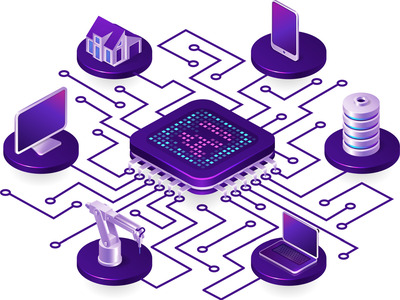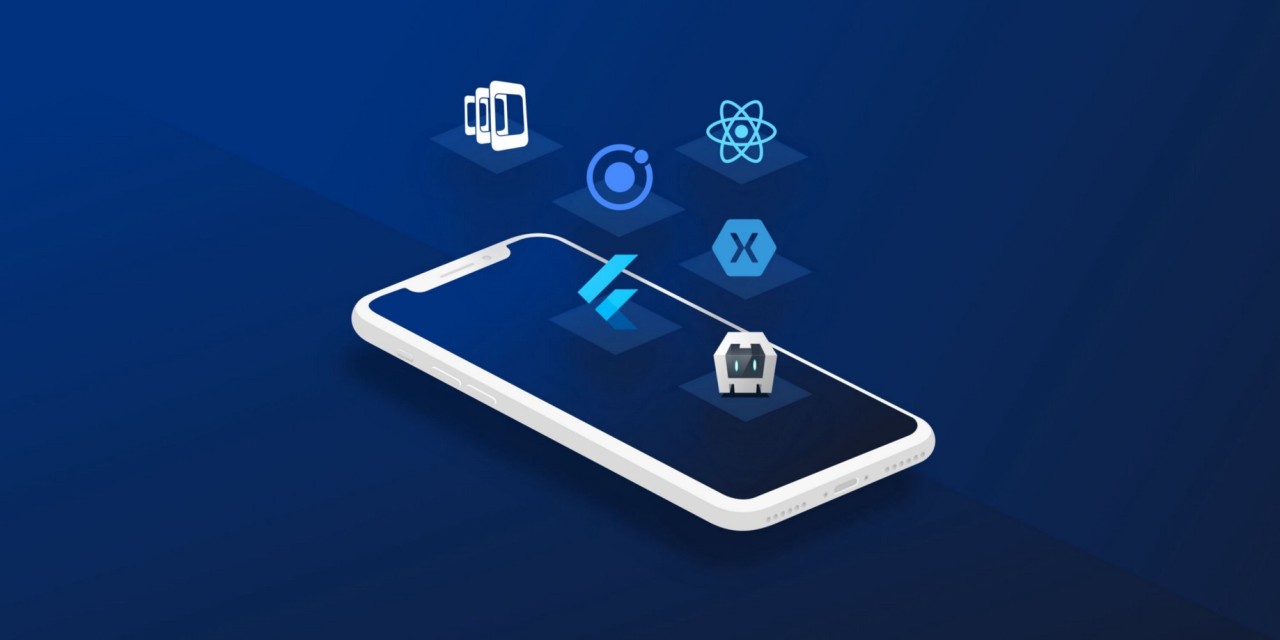

Web applications are online applications that can be accessed and run through internet browsers. Users can access these applications from a browser running on any device and operating system. Web applications generally do not require downloads or installations and allow online transactions to be performed.
Mobile apps are applications that users can download and install on smartphones, tablets, or other mobile devices. These apps typically take advantage of the device's native features (GPS, camera, push notifications) and are optimized for mobile devices. Mobile apps are distributed through app stores and are downloaded and installed by users.


Our company is a technology company that typesets and develops software for electronic cards, but focuses more on production. We specialize in IoT applications and attach great importance to web and mobile software support in this field. We offer customized solutions on web and mobile platforms to make electronic cards more efficient and user-friendly. Thanks to IoT technologies, it becomes possible to remotely monitor, control and manage devices. Our web and mobile software improves the user experience and increases the performance of devices. In addition, we offer comprehensive solutions to our customers with our desktop applications and production services. By adopting quality and innovation as our core values, we constantly follow the latest technologies and invest in R&D studies.
1. Purpose of the Project: The purpose of the application is a critical factor in determining which type of application is more suitable. If rapid deployment and accessibility is required, web applications may be preferred, while if full access to native device features is required, mobile applications are more suitable.
2. Target Audience: The user habits and preferences of the target audience are important in determining which platform to choose. If the target audience is young and tech-savvy, mobile applications may be more attractive.
3. Cost and Time Frame: Budget and time constraints can be decisive in deciding what type of application to develop. Web applications are generally more economical and faster, so they can be preferred if you are on a tight budget or need a quick launch.
4. Application Features and Technical Requirements: The features and technical requirements that the application must offer are important in determining which type of application is more suitable. For example, if full access to the device's native features is required, mobile applications may be preferred. This item plays a critical role in determining the technical requirements and functions of the application.


When deciding whether to develop a mobile application or a web application, we must consider factors such as "Project Purpose," "Target Audience," "Cost and Time Constraints," and "Application Features and Technical Requirements." The project’s purpose helps us determine which platform will be more effective, while the target audience allows us to predict which type of application will be used more frequently by evaluating user habits and device preferences. Budget and time limitations also play a crucial role, as web applications are generally faster and more economical to develop, whereas mobile applications may be more complex and costly. Additionally, the technical features and requirements of the application influence our choice of platform, depending on which one can better support those features. Taking all these factors into account, we can carefully assess the advantages and disadvantages of both web and mobile applications, leading to the development of a solution that offers the best user experience, is quick to develop, cost-effective, and meets all necessary requirements.